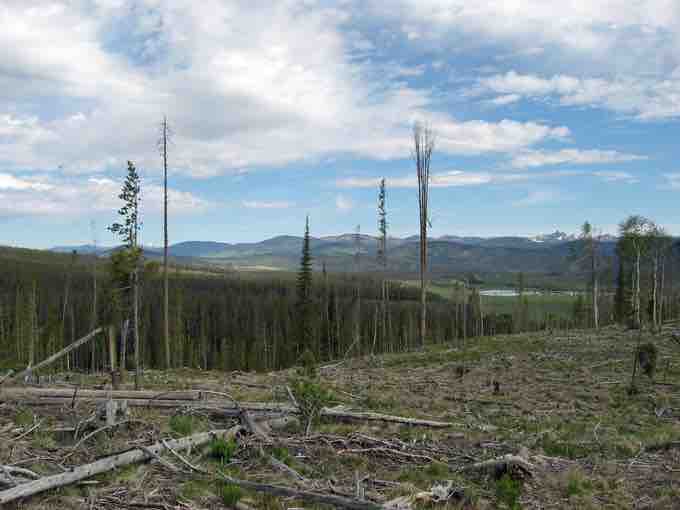Threats to Plant Biodiversity
Plants play a key role in ecosystems. They are a source of food and medicinal compounds while also providing raw materials for many industries. Rapid deforestation and industrialization, however, threaten plant biodiversity. In turn, this threatens the ecosystem.
Biodiversity of plants ensures a resource for new food crops and medicines. Plant life balances ecosystems, protects watersheds, mitigates erosion, moderates climate, and provides shelter for many animal species. Threats to plant diversity, however, come from many angles. The explosion of the human population, especially in tropical countries where birth rates are highest and economic development is in full swing, is leading to human encroachment into forested areas. To feed the larger population, humans need to obtain arable land which leads to massive clearing of trees. The need for more energy to power larger cities and economic growth results in the construction of dams, the consequent flooding of ecosystems, and increased emissions of pollutants. Other threats to tropical forests come from poachers who log trees for their precious wood. Ebony and Brazilian rosewood, both on the endangered list, are examples of tree species driven almost to extinction by indiscriminate logging .

Indiscriminate logging
Indiscriminate logging, which leads to the clearing of whole habitats, has become a severe threat to plant biodiversity and has led to species extinction.
The number of plant species becoming extinct is increasing at an alarming rate. Because ecosystems are in a delicate balance and because seed plants maintain close symbiotic relationships with animals, whether predators or pollinators, the disappearance of a single plant can lead to the extinction of connected animal species. A real and pressing issue is that many plant species have not yet been cataloged; their place in the ecosystem is unknown. These unknown species are threatened by logging, habitat destruction, and loss of pollinators. They may become extinct before we have the chance to begin to understand the possible impacts resulting from their disappearance. Efforts to preserve biodiversity take several lines of action, from preserving heirloom seeds to barcoding species. Heirloom seeds come from plants that were traditionally grown in human populations, as opposed to the seeds used for large-scale agricultural production. Barcoding is a technique in which one or more short gene sequences, taken from a well-characterized portion of the genome, are used to identify a species through DNA analysis.